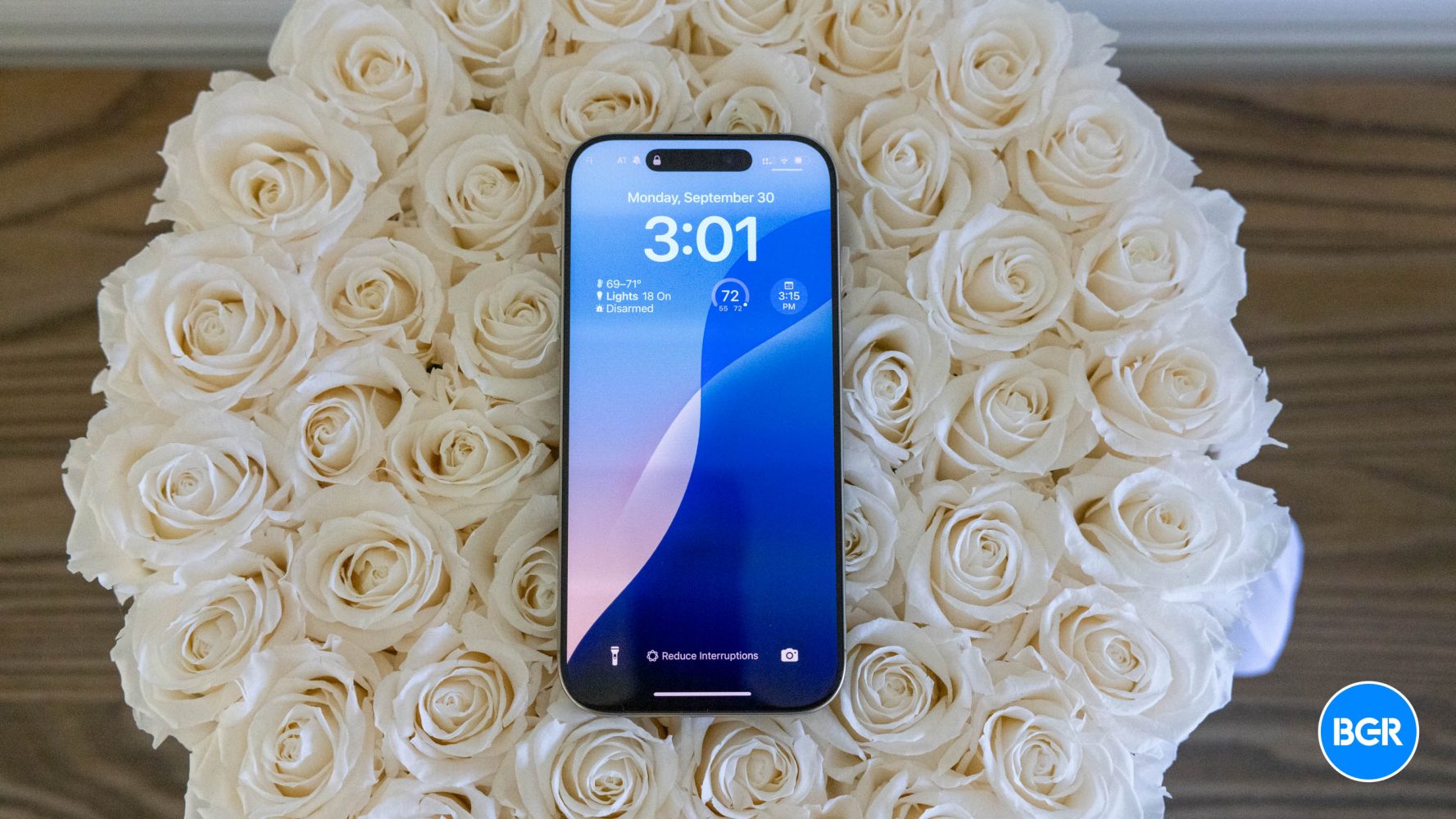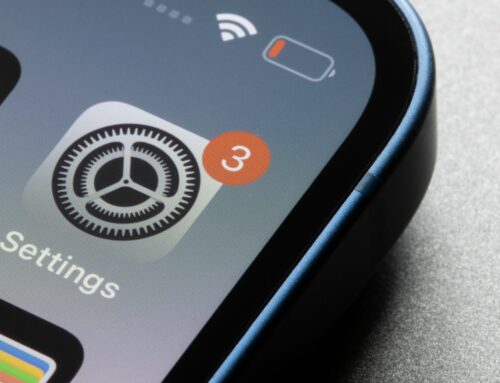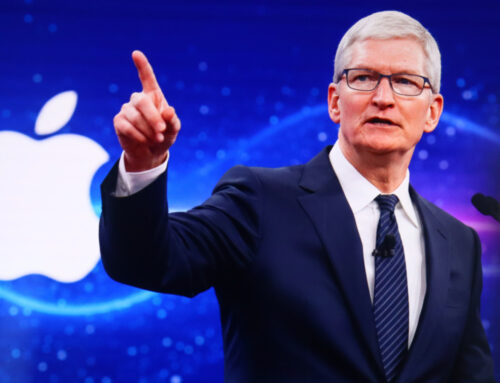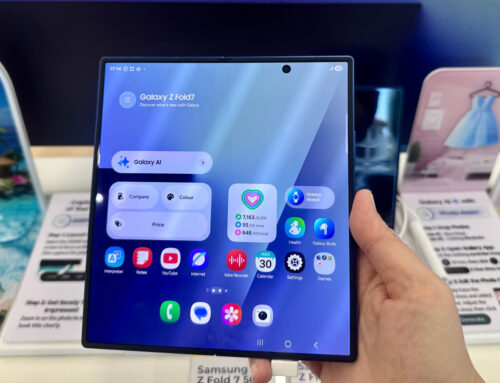We’re only two months away from Apple’s big iPhone launch event. The iPhone 17 series will be unveiled in September, hitting stores around 10 days after the launch event.
As with every year, we already have plenty of information about Apple’s upcoming iPhone series. We expect four iPhone 17 models this year, including the iPhone 17 Air, which is the model I’m particularly excited about.
The iPhone 17 Air is Apple’s first ultra-thin iPhone model, set to replace the Plus. The device should feature a screen about as large as the iPhone 16 Plus, but it’ll be thinner than all other iPhone 17 variants. That’s an exciting prospect for me. After using the iPhone 16 Plus and 16 Pro Max for several months each, I want a large-screen iPhone without the bulk.
The Air won’t be a Pro-level iPhone, but it doesn’t have to be one to be a great iPhone for most people. It should, therefore, be more affordable than the iPhone 17 Pro. I hope Apple will give the iPhone 17 Air a starting price of $899, just like the Plus it replaces. But I’m also starting to realize that’s wishful thinking. I think a price hike is inevitable, and yes, for the reasons you suspect.
Tech. Entertainment. Science. Your inbox.
Sign up for the most interesting tech & entertainment news out there.
Trump’s tariffs
Trump started his second tariff war in April, and that’s when I first told you that I feared the extra taxes on imports might ruin the iPhone 17 Air for me. I live in Europe, so the tariffs would not directly contribute to a price hike in the region. However, Apple might want to distribute the extra taxes it will be paying in the U.S. worldwide, rather than increasing only raising prices at home.
Apple said during its earnings report for the March quarter that it will be paying $900 million in tariffs for products other than the iPhone, which is exempt. Since April, we have seen Trump attack Apple more than once, and specifically the iPhone. Any extra tariffs on the iPhone might be passed on to the consumer.
Let’s also remember that Sony, Microsoft, and Nintendo raised console prices in some markets in the past few months in response to Trump’s tariffs. The Switch 2 might have been spared, but who knows how long that will last. Trump just threatened more countries with increased tariffs that are set to take effect on August 1.
Galaxy Z Fold 7 price hike
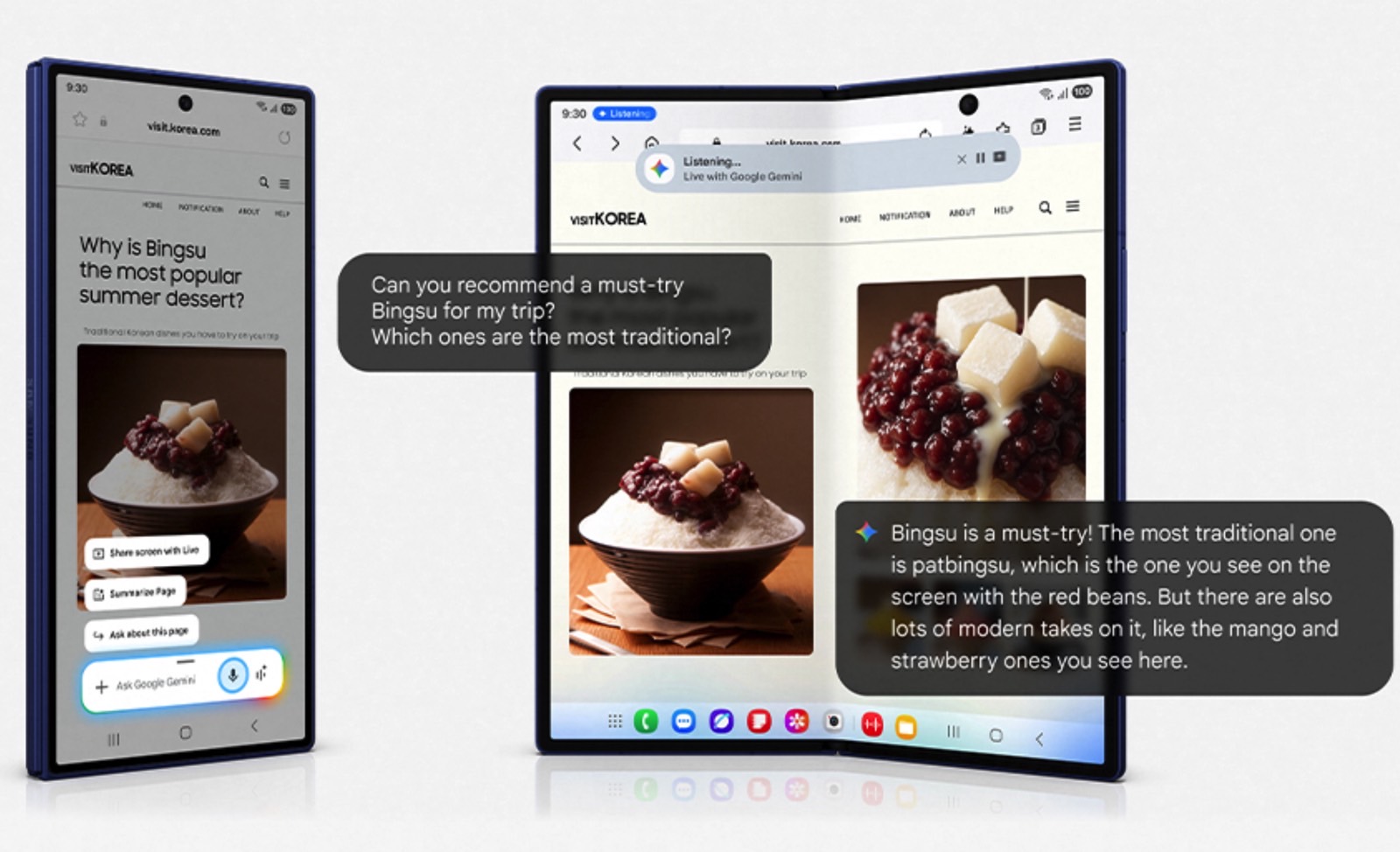
This brings me to Samsung’s Unpacked press event on Wednesday. Samsung unveiled the Galaxy Z Fold 7, Galaxy Z Flip 7, and Galaxy Z Flip 7 SE. They start at $1,999, $1,099, and $899. Yes, even the most affordable foldable phone from Samsung is still rather expensive. More importantly, Samsung raised the price of the new Fold by $100.
Samsung raised the prices of the Z Fold 7 in other markets, including the EU. It’s unclear whether Trump’s tariffs were the reason why, but I’m sure they were a concern.
Rumors in early June suggested Samsung would only increase prices for its 2025 foldables in certain markets. This gave me hope that Apple might use a similar strategy. Now that the Z Fold 7 is more expensive in some of Samsung’s biggest markets, I fear Apple will also raise prices for the iPhone 17 series come September.
Interestingly, Samsung didn’t increase the Z Flip 7 price anywhere this year.
How much will the iPhone 17 Air cost?
Despite rising inflation, which impacted everything in Apple’s iPhone supply chain from manufacturing to delivery costs, Apple has kept iPhone prices unchanged in the US. The iPhone 15 Pro Max is the only exception. Apple eliminated the 128GB ($1,099) from its lineup, so the cheapest model you could buy was the 256GB ($1,199) iPhone 15 Pro Max. It isn’t technically a price hike, as that was the launch price, but acquiring a 15 Pro Max is still more expensive.
In Europe, iPhone prices rose for the iPhone 14 series but dropped with the iPhone 15 series. Currency fluctuations dictated these changes.
This year, Apple is already rumored to raise iPhone prices. Even without tariffs looming, a price hike wouldn’t be surprising after all these years. But reports say Apple is afraid to link iPhone 17 price hikes to Trump’s tariffs.
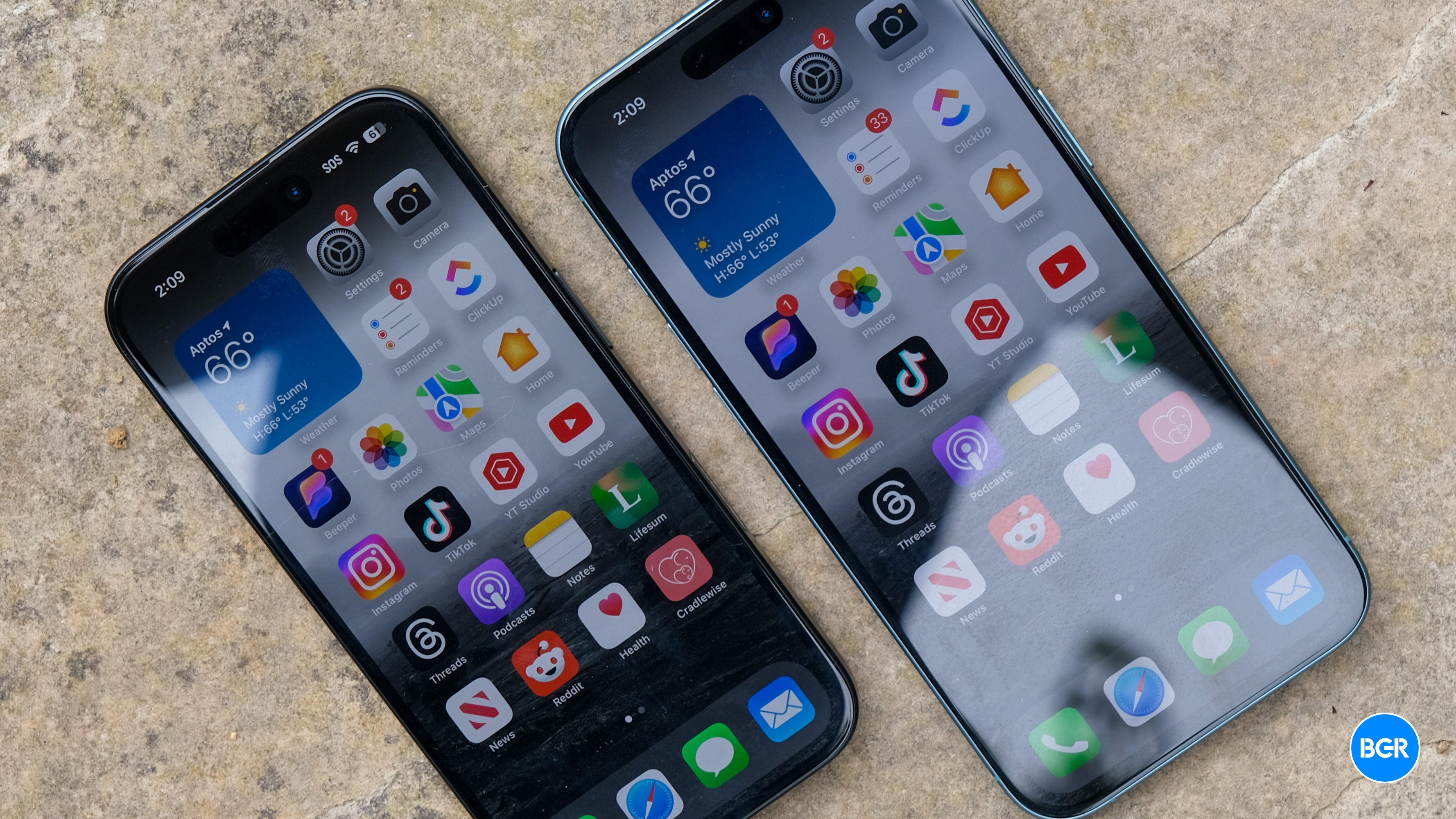
The best scenario for the iPhone 17 Air is an $899 starting price that matches recent iPhone Plus models. The iPhone 17 Pro would cost $999 in this scenario. The difference would make sense. The iPhone 17 Air will have a single-lens camera, a smaller battery, a less powerful processor, and 8GB of RAM.
But a Weibo leaker now paints a different picture for the iPhone 17 Air, making it sound a lot more Pro than initially believed. The phone might feature the 5-core GPU version of the A19 Pro chip. The iPhone 17 Pro and 17 Pro Max would get a 6-core GPU A19 Pro. All three phones would feature 12GB of RAM.
If this rumor is accurate, the iPhone 17 Air can’t possibly match the iPhone 16 Plus starting price. The specs bump above would also give Apple a great excuse for raising the price to $999. In this scenario, the iPhone 17 Pro would have to start at $1,099. One way to make this happen would be for Apple to eliminate the 128GB storage tier for the Pro.
Apple’s massive economies of scale might allow it eat Trump’s tariffs while offering better specs to iPhone buyers. That’s all speculation, of course. Apple could always launch a $999 iPhone 17 Air featuring the base A19 chip and just 8GB of RAM.

